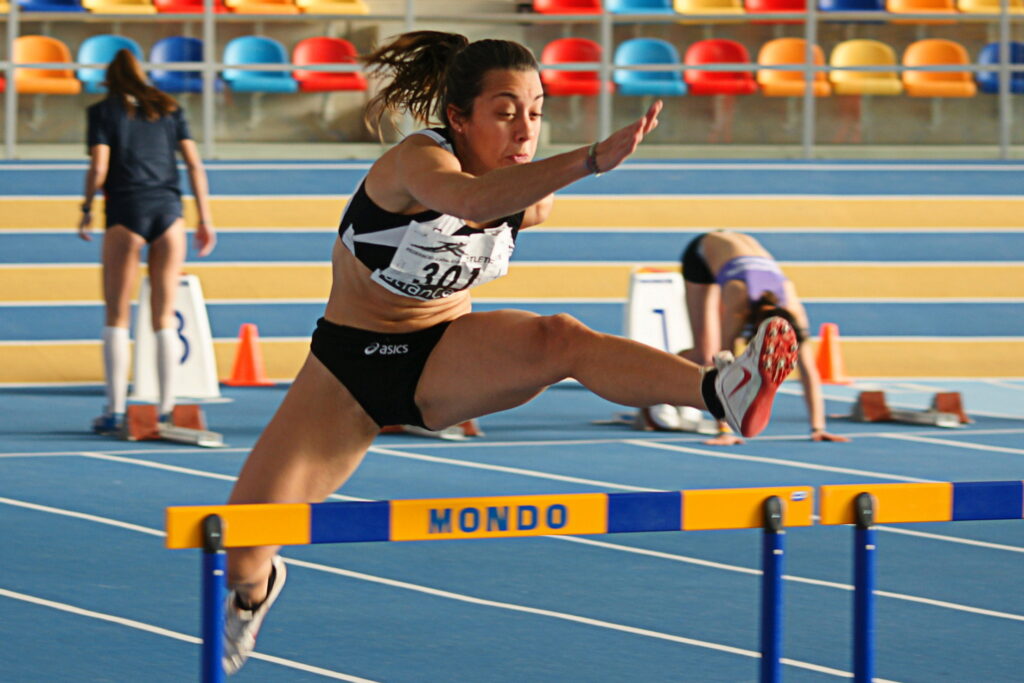The typical athletic display can be seen in these two pictures below of a male and female athlete both competing in their sport. The ESPN Body Issue is a very popular sports magazine that is aimed on reflecting the athletic bodies of professional athletes. Throughout my study I will be examining and analyzing if The Body Issue actually celebrates the athletes athletic bodies or if the ESPN Body Issue appeals to a certain audience.
Gender has been a significant factor in sports for many years, and it continues to shape the way athletes are perceived and portrayed. When thinking about athletics, many people expect to see athletes, male or female, portrayed the same. Although each athlete may have their own unique abilities, all athletes should be portrayed in a fair and respectful manner that does not reinforce gender stereotypes or biases.
However, this is not always the case, as female athletes are often portrayed in ways different than their male counterparts. In general male athletes are portrayed as strong powerful and dominant, where as women are displayed as sexually appeasing and powerless (Davis 1997). It is essential to recognize that each athlete has their own unique strengths and weaknesses, and they should not be judged solely on their gender. Furthermore, it is important to understand that every athlete has their own individual personality and experiences, and they should not be expected to fit into a particular mold. By recognizing and celebrating these differences, we can create a more inclusive and diverse athletic culture that embraces and uplifts all athletes. Through research and education, we can break down the harmful stereotypes and biases that continue to persist in sports and create a more equitable and fair playing field for all.
Research Question:
What is the effect of gender display norms on images of male and female athletes in ESPN the Body Issue?
Units of observation: My units of observation will be the ESPN Body Issue, featuring pictures from 2009-2019.
Variables: My independent variable is gender display norms, and my dependent variable is images of male and female athletes.
Importance: My research question is important because since I am looking at both male and female athletes, and athletes are expected to be portrayed in similar ways, my research addresses the impact of gender display norms on the portrayal of male and female athletes in a very popular sports media outlet, ESPN’s Body Issue. Erving Goffman’s gender display theory provides a useful framework for understanding how gender expectations and stereotypes are continuously perpetuated through media representations. When applying this theory to the Body Issue, my research can shed light on how male and female athletes are depicted in terms of their physical appearance and performance, and also whether these depictions reinforce or challenge traditional gender norms. Furthermore, this information can be valuable for athletes, coaches, media professionals, and anyone interested in promoting gender equality and representation in sports. Additionally, my study will contribute to the growing body of research on gender and sports media. This will also help how we understand and address broader societal issues related to gender and power dynamics.

